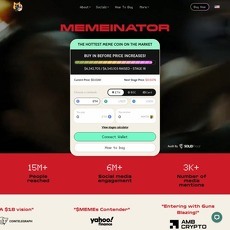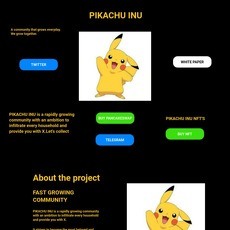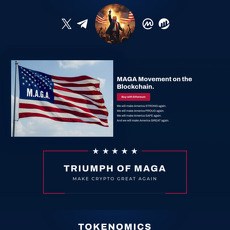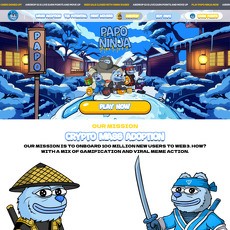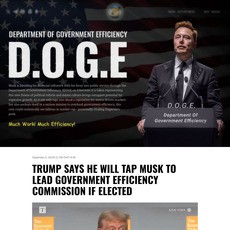Aki Protocol Review
Aki Protocol
akiprotocol.io
If your website is on the scam list and you think that you are not a scammer, contact us. After you provide us with all the proof that you are in Crypto World with good intentions, we will delist you. Usually, you get in this category because you are hiding your team, you have a bad reputation(you are tricking, deceiving, scamming people), and you haven't got a written project whitepaper or is a shitty one....
Their Official site text:
Overview
Along the way towards mass adoption, Web3 remains unready for a growing challenge: as digital life in the web3 metaverse unfolds into many more vibrant dimensions, we need more than transaction ledgers to achieve more efficient and accurate information flow for individual users, projects, and the entire ecosystem.
Let’s say you recently created a sci-fi-themed NFT collection and want to find the best collectors for it. What should you do? You want to define what ‘best’ means in your case, locate such clusters of users (wallets), and get the relevant information across to them.
You may consider NFT whales because their endorsement supports the price floor. Or you may want Twitter, YouTube, or Instagram influencers who can quickly bootstrap popularity among web2 and/or web3 users. Or, more sophisticatedly, you may wish to include sci-fi nerds who played Darkforest, talked about it on Twitter, or even built a plugin for it because they are more likely to form a strong and fun community.
Meanwhile, you want to avoid bots or fake accounts that mint your collection without contributing to your project.
The list could go on and on.
At Aki, we believe the web3 metaverse is so vibrant and lives in it so vivid, that we ought to be able to describe these meaningful actions and interactions by collecting and indexing data across applications and protocols, both on-chain and off-chain. This is why we build a vastly interoperable, composable, and expressive Web3 library on-chain, gearing towards better and more connected Web3 experiences with more efficient information flow.
Moreover, this library should be open and inclusive and protect ownership: anyone can contribute to the data layer and make proposals to include more concepts in the root graph. Ownership is recognized on-chain. And all stakeholders and contributors are promised to be incentivized.
What is Aki?
Aki introduces two layers to organize the web3 world’s information and make it universally accessible and useful.
Aki Protocol: an open infrastructural multi-chain knowledge base that provides oracle services and rewards data layer contributors.
Aki Network: a consumer-facing application suite built on top of Aki Protocol with a specific focus on influencer-centered graphs and data standards.
The Problems
The critical pain point we are targeting is how to get the right information in front of the right people on web3 in a way that emphasizes efficiency, privacy preservation, and data ownership.
The critical problems we want to tackle include the following:
Data ownership
The balance between privacy and effectiveness
Bridging web2 data to web3 to produce a rich data layer that is useful and usable for projects
Graph data interoperability across dApps (and also web2 applications if API is provided)
Accessible and queryable data to everyone.
The Solutions
From lower-level infrastructure to higher-level services, we build the following peer-to-peer technical infrastructure:
A multi-chain knowledge base that is composable and accessible
An influencer-centered social graph owned by data contributors
A data layer in consumer crypto that focuses on mass adoption and information sharing.
A data-powered consumer network for web3 scaling and advertising
What is Aki Protocol?
Aki Protocol is an open infrastructural multi-chain knowledge base that provides oracle services and rewards data layer contributors.
Aki Protocol itself is simply a blockchain protocol which does not own or run any computing resources or servers. It relies on an open, decentralized network of peer-to-peer participants which operate on an open source algorithm to ensure network security and prevent attacks.
Accordingly, it does not provide any type of virtual asset staking service, virtual asset custodial service, or virtual asset exchange service.


